Making dog food at home offers many perks for your pet. It can boost their health, meet their taste needs, and save you money. You also get to control the quality of ingredients. This guide shows you seven vet-approved recipes. By following these, you can make sure your dog eats healthy, delicious meals designed just for them.
Benefits of Homemade Dog Food
Homemade dog food gives pet owners complete control over each ingredient. This means a safer and healthier diet for their dogs. Owners can choose fresh, high-quality ingredients. They avoid fillers or additives found in commercial dog foods.
Control Over Ingredients
Homemade dog food means you decide what goes into it. This ensures meals are balanced and fit your dog’s dietary needs. It helps steer clear of allergens common in commercial foods.
Avoid Food Recalls
Commercial dog foods can get recalled due to safety problems. Making meals at home cuts the risk of exposing your pet to bad stuff. This keeps your dog healthy and safe.
Customization for Picky Eaters
Dealing with picky eaters can be tough. Homemade food lets you tailor meals to your dog’s likes. You can mix flavors and textures until you find the perfect meal. This way, they get all the nutrients they need.
Important Nutritional Requirements for Dogs
Making sure your dog eats right is key to their health. They need a balanced diet with protein, carbs, fats, vitamins, and minerals. It’s important to know what to put in homemade dog food for a healthy meal.
Protein Needs
Protein keeps your dog strong, helps them grow, and gives them energy. Foods like chicken, beef, and fish are great sources. The amount of protein they need depends on their breed, age, and how active they are.
Carbohydrates and Fiber
Carbs and fiber help your dog’s digestion and keep their energy up. Ingredients like brown rice, oats, and sweet potatoes are good for carbs. Veggies like carrots and peas add fiber. Mixing these in their diet aids their digestion.
Essential Fats and Fatty Acids
Fats are necessary for cell function and keeping your dog’s skin and coat healthy. Omega-3 and Omega-6 from fish oil and flaxseed are especially good. A good balance of fats is important for their health.
Vital Vitamins and Minerals
Dogs need lots of vitamins and minerals for a strong immune system, healthy bones, and to stay fit. They need vitamins A, B, C, D, and E, along with calcium and phosphorus. These should be in the right amounts in your homemade dog food for a nutritious meal.
Consulting Your Veterinarian
Starting your dog on homemade food means getting advice from experts first. A vet’s guidance is key to making sure your dog’s meals are both healthy and right for them. This early advice is crucial for a successful diet change.
Initial Consultation
At your first vet visit, they’ll figure out what nutrients your dog needs. They’ll look at your dog’s age, health, and way of life. This helps them give advice that keeps your dog healthy and happy.
Monitoring Health and Weight
After switching to homemade food, keeping an eye on your dog’s health is important. Regular vet visits are needed to tweak the diet as needed. This way, your dog stays healthy, and any problems get fixed fast.
Essential Tools and Ingredients for Homemade Dog Food
Making your own dog food can seem challenging. But, with the right tools and good ingredients, it becomes easier and better for your pet.
Necessary Kitchen Equipment
Start by getting a good food scale and a top-notch food processor. They help you measure accurately and mix the ingredients well. A slow cooker is also great for making delicious, nutritious meals that bring out the food’s natural flavors and benefits.
Fresh, High-Quality Ingredients
For homemade dog food, always choose fresh and top-quality ingredients. Include lean meats like chicken or beef and veggies like carrots and green beans. Brown rice or oats are great for adding necessary carbohydrates and fiber, making a well-balanced meal your dog will enjoy.
Supplementing with Vitamins and Minerals
Even the best ingredients might not cover all nutritional needs. Adding omega-3 fatty acids, calcium, and special dog vitamins can be important. These supplements help fill any dietary gaps and support your dog’s overall health, from joints to skin and coat.
Vet-Approved Homemade Dog Food Recipes
Making homemade dog meals that taste good and are healthy is simpler than it seems. This collection includes vet-approved recipes for complete nutrition. You’ll find everything from savory chicken and rice to rich beef and vegetable stew among these nutritional dog recipes.
Begin with things like lean meats, good grains, and fresh veggies. These recipes use these ingredients wisely to make sure your dog gets the right nutrients.
Consider a simple meal that might have:
- 1 cup of cooked chicken
- 1/2 cup of brown rice
- 1/2 cup of mixed veggies (like carrots, peas, and spinach)
Mix everything in a bowl and you’re set to serve. This meal is just a starting point. Feel free to tweak it to make your dog even happier.
Another top pick from nutritional dog recipes uses ground beef:
- 1 cup of cooked ground beef
- 1/2 cup of sweet potatoes
- 1/2 cup of green beans
Just cook these together, then cool it down before serving.
These homemade dog meals aren’t just tasty for dogs. They also let you manage your dog’s diet with confidence. Knowing exactly what’s in your dog’s dish feels great. Enjoy your meal prep!
Transitioning Your Dog to a Homemade Diet
Switching your dog to homemade food takes careful planning. It involves slowly adding new food to their current meals. This careful way helps prevent stomach upset during big diet changes.
Start with a bit of homemade food mixed into their usual meals. Over 7 to 10 days, increase the homemade portion gradually. Begin with 25% homemade and 75% regular food, then shift to a 50-50 mix, and finally to 75% homemade until fully switched.
Watching how your dog reacts is key. Look for any upset stomach signs like vomiting or diarrhea. If these appear, slow down the switch to help their stomach adjust.
By feeding them homemade meals, you’re focusing on their health during the switch. Being patient and watching how your dog reacts are important. This leads to a successful diet change, making your dog happy and well.
Tips for Storing and Preparing Homemade Dog Food
It’s key to store and prepare homemade dog food correctly to keep it nutritious and safe. Use airtight containers for storage to keep the food fresh and prevent bad things from getting in. If you refrigerate the food, it’ll stay safe and taste better for your dog. You can also freeze meals in single servings. This keeps the food safe and makes it easy to get meals ready.
Keeping everything clean is crucial when making dog food at home. Make sure to wash your hands and all kitchen tools before starting. Cooking meats properly kills harmful germs. It’s also good to steam or lightly cook veggies and grains to keep their nutrients. Always reheat meals the right way to make sure they’re tasty and safe for your dog.
Following these storage and cooking tips will help you give your dog healthy, safe meals. Doing this shows how much you care about your pet’s health and happiness.
Conclusion
Making dog food at home has many pluses. You control what goes in it and can make special meals for fussy eaters. This way, your pet avoids the risk of commercial food recalls. And they get meals that meet their specific health needs.
But, starting on homemade dog food needs a good plan. Talk to your vet first to get a diet plan full of needed nutrients. Regular vet visits will help you see if the new food works well for your dog.
With the right equipment and top-notch ingredients, you can make tasty and healthy dog food. Make sure to store and prepare the food properly to keep its goodness. Following these tips will help your dog stay healthy. Plus, it’ll make your bond with them stronger.


























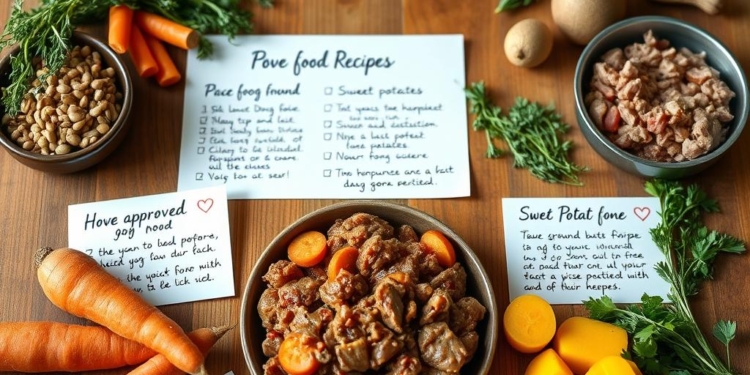








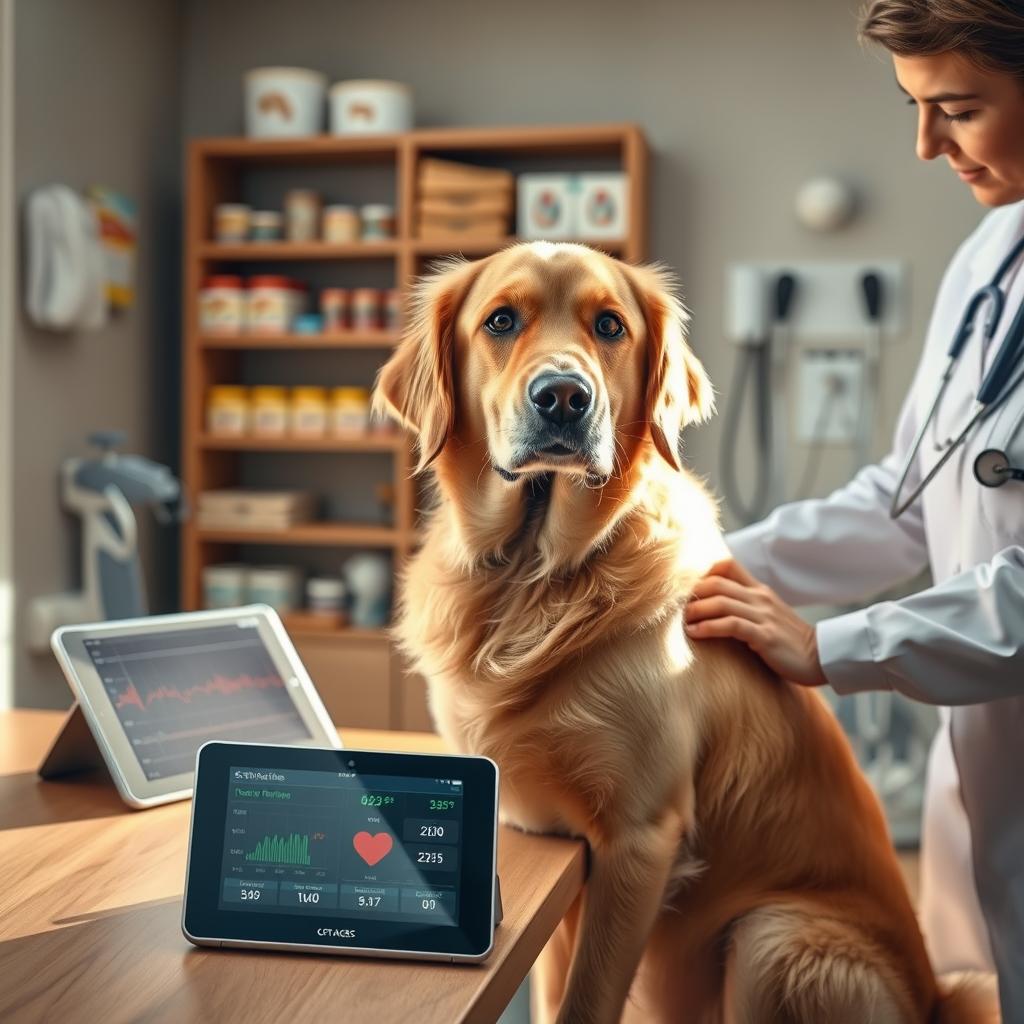
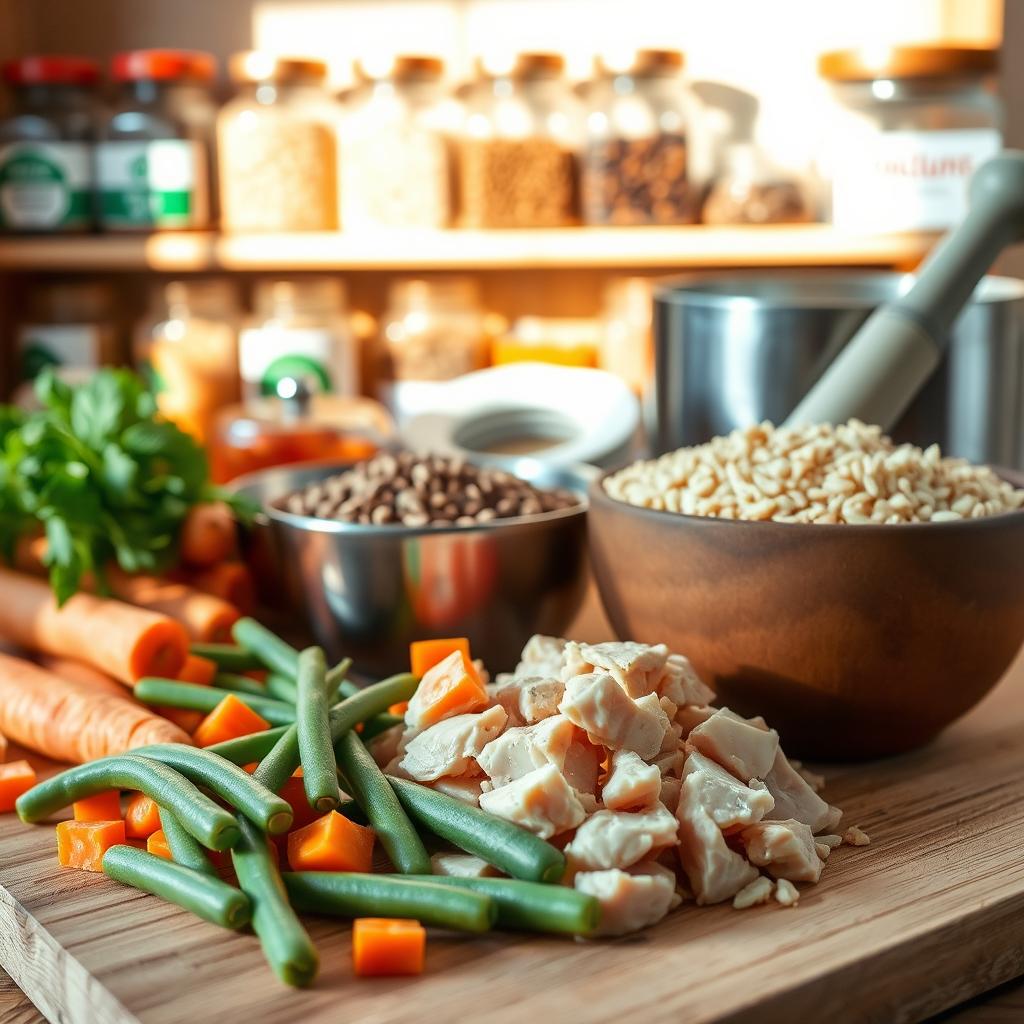


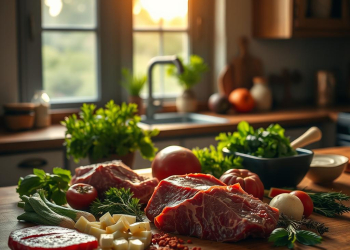
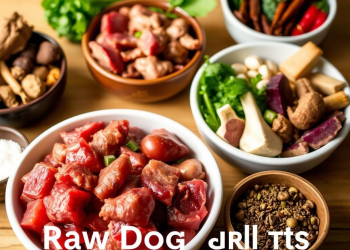












Discussion about this post